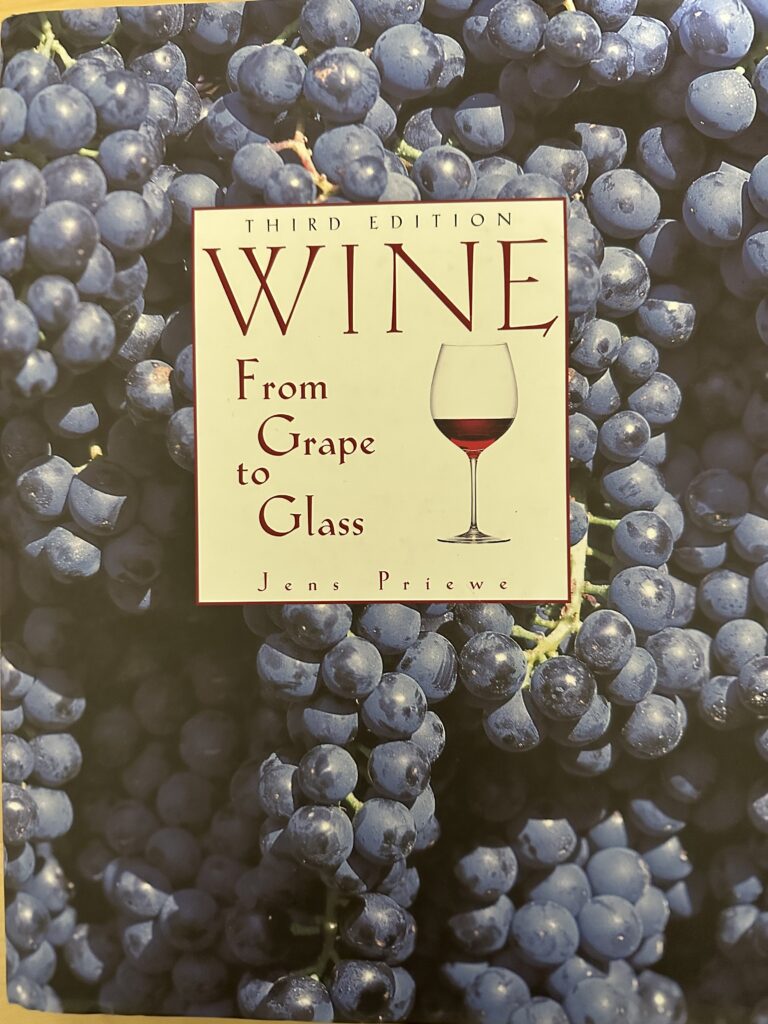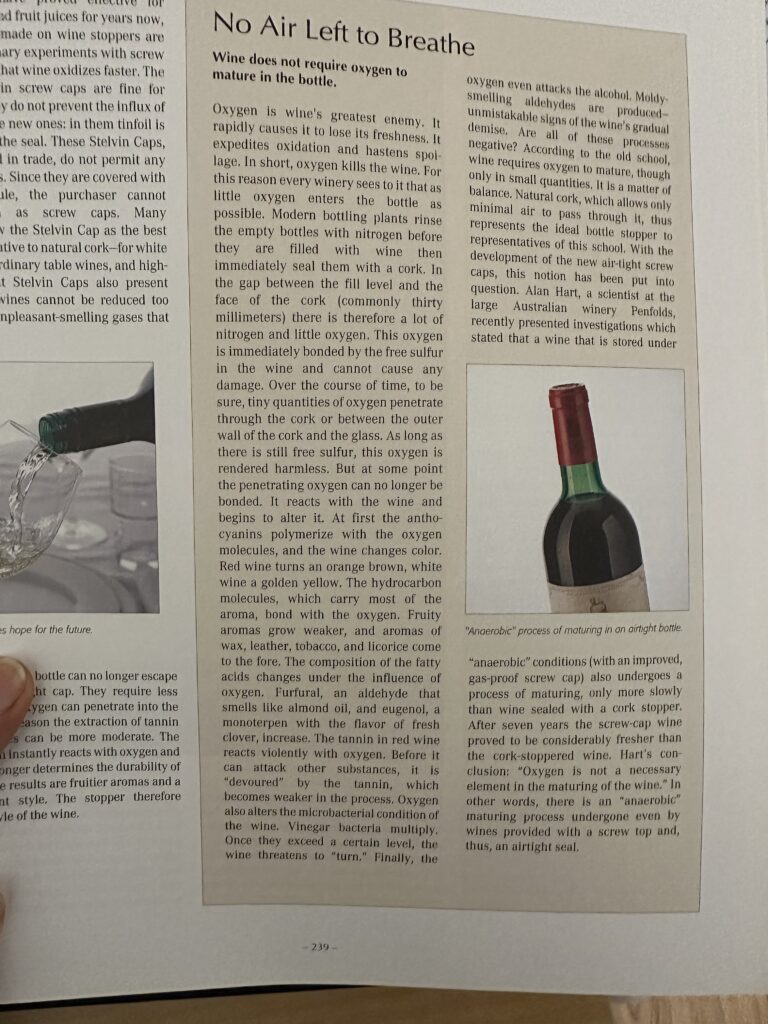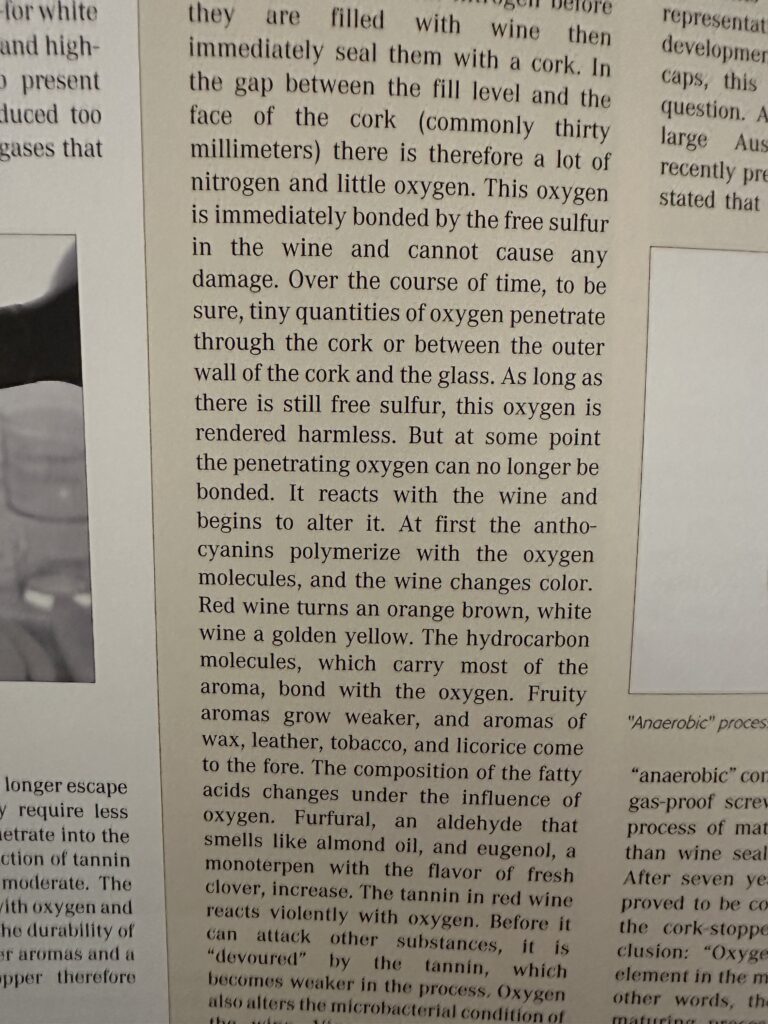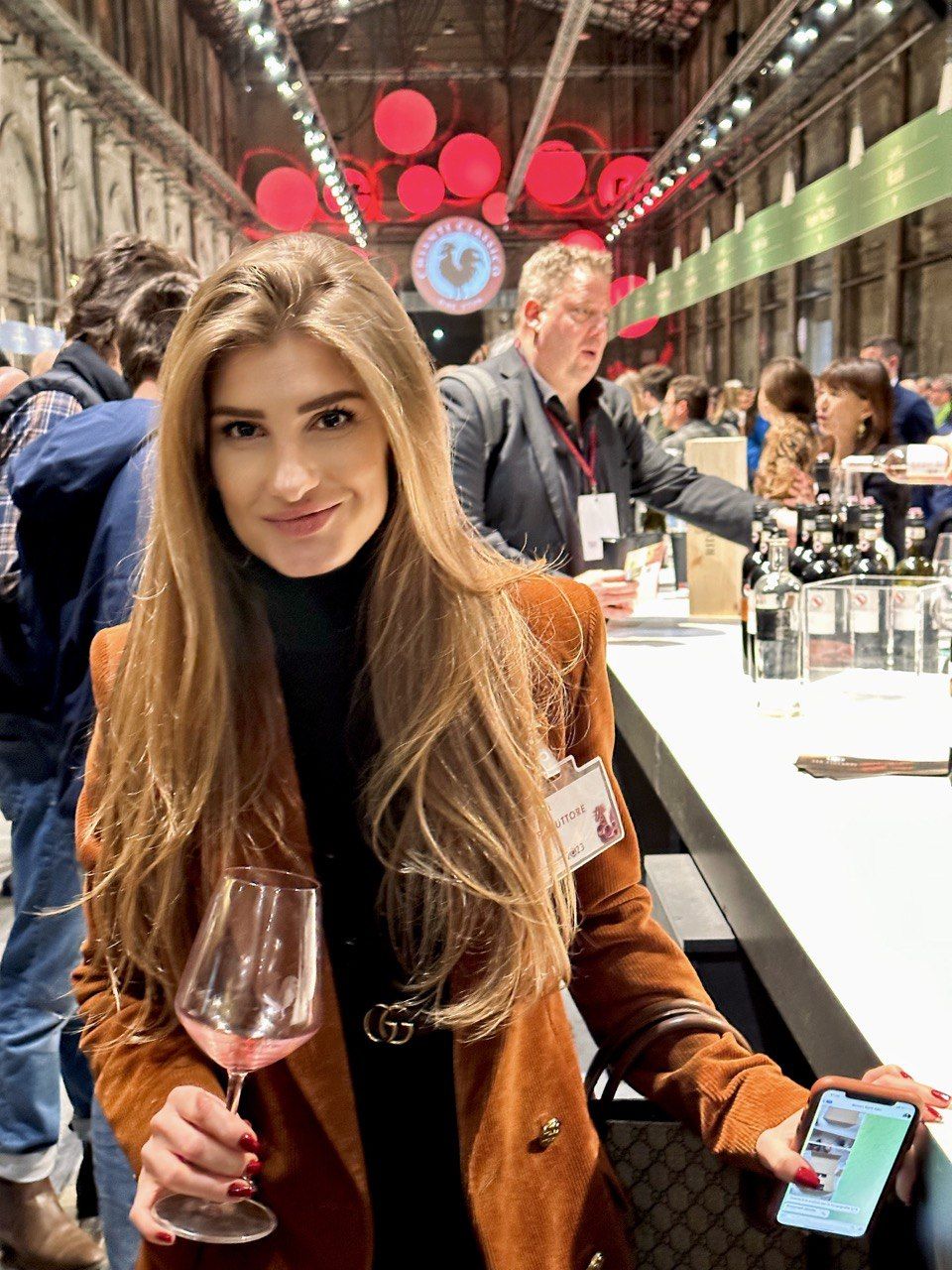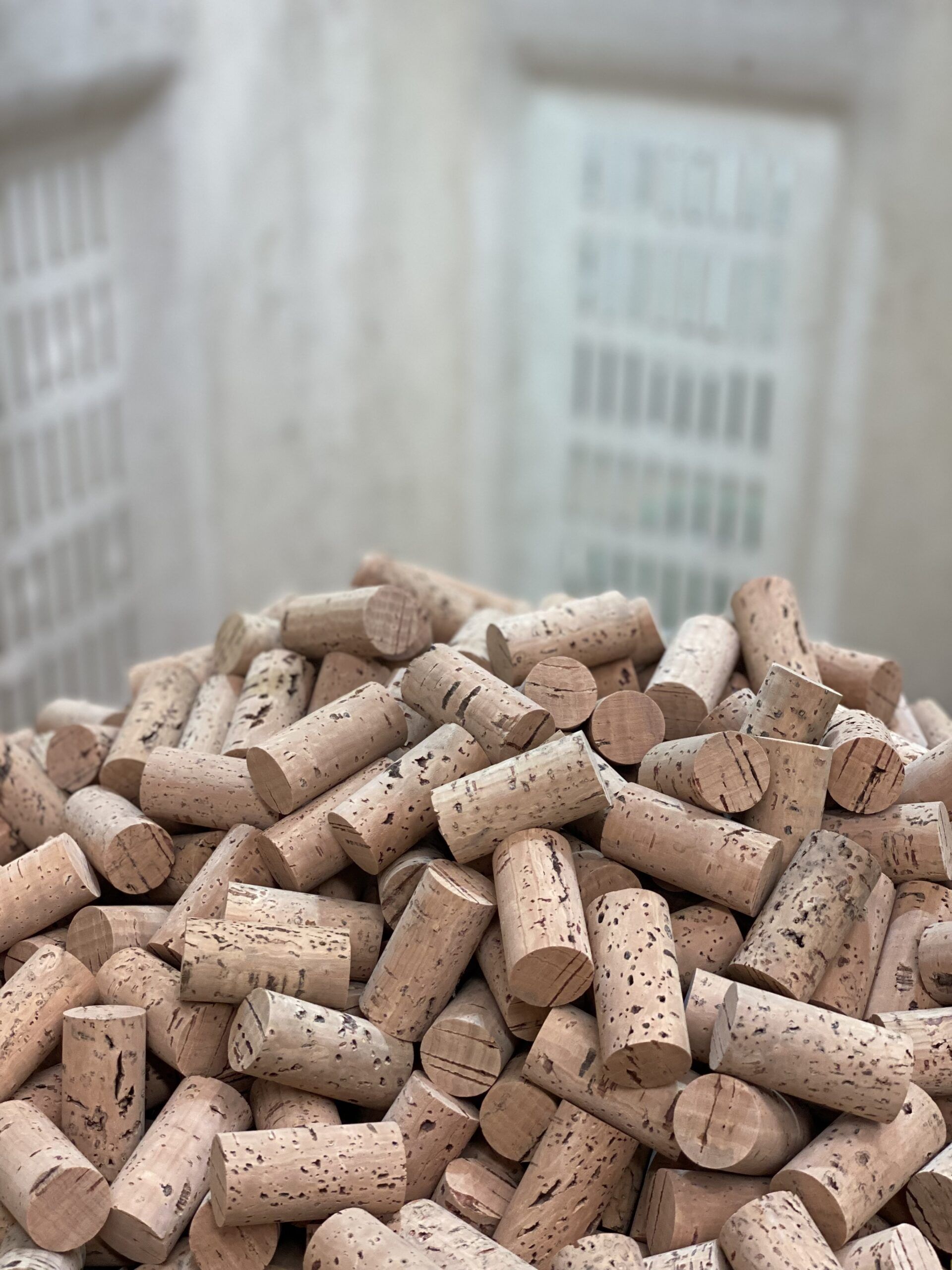
Debunking false myths about corks and horizontally stored wine bottles
If you have attended schools to become a sommelier or wine tasting courses, I am sure you have come across these precepts: “cork is best for wines that need to evolve because it breathes, while screw caps or synthetic polymer corks block oxygen.” Or: “bottles should absolutely be stored lying horizontally”.
I myself professed these commandments assuming that they had taught me true things. But they didn’t.
During a wonderful trip to discover cork and the entire supply chain that makes corks thanks to Amorim Cork, the world’s leading company in the industry, I saw the teachings of sommelier books crumble like sand castles. The few that were left standing.
So let’s dispel the false myths about cork closures with the experts.
Does THE CORK BREATHE?
It is an ingrained belief in that wine, especially red, closed with a cork over time changes: the color turns to orange tones, the flavors are enriched with complexity and tertiary notes. “The most evident aspect concerns the polymerization and transformation of the polyphenolic substances present that make young wines generally more “aggressive” and in some cases strongly astringent,” Stefano Zaninotto, technical director of Amorim Cork Italia, explains to me.
“On the other hand, studies carried out by several parties, not least by the University of Geisenheim in Germany in 2017, confirm that cork is a plant tissue that is impermeable to both liquids and gases. It was forgotten for a long time that the plant produces the suberous tissue precisely to insulate itself from the outside, and not to allow the entry of foreign substances or pathogens dangerous to its very existence.” Suffice it also to mention, for example, that cork not only does not allow air and water to pass through, but also does not allow flames to pass through; in fact, it is one of the most fireproof natural materials in existence.
“To have the confirmation of what has been stated, just take some fruit hit by hail,” explains Stefano Zaninotto, “and you will be able to notice that the same plant in the pulp injured by the grains spontaneously produces suberous cells to heal the affected part, isolating the healthy part from the outside. We also know that cork consists of about 80 percent gas ( air ) and only 20 percent dry material. It is clear, therefore, that in the first months of bottle storage there is a release of oxygen related to the compression of the cork before insertion into the neck.”
So it is that air, that little bit of oxygen that was present in the cork that is squeezed and then dilates trying to return to its original shape, that gets trapped in the bottles and slowly changes over time the appearance and characteristics of the wine.
You can read some scientific papers related to these aspects here.
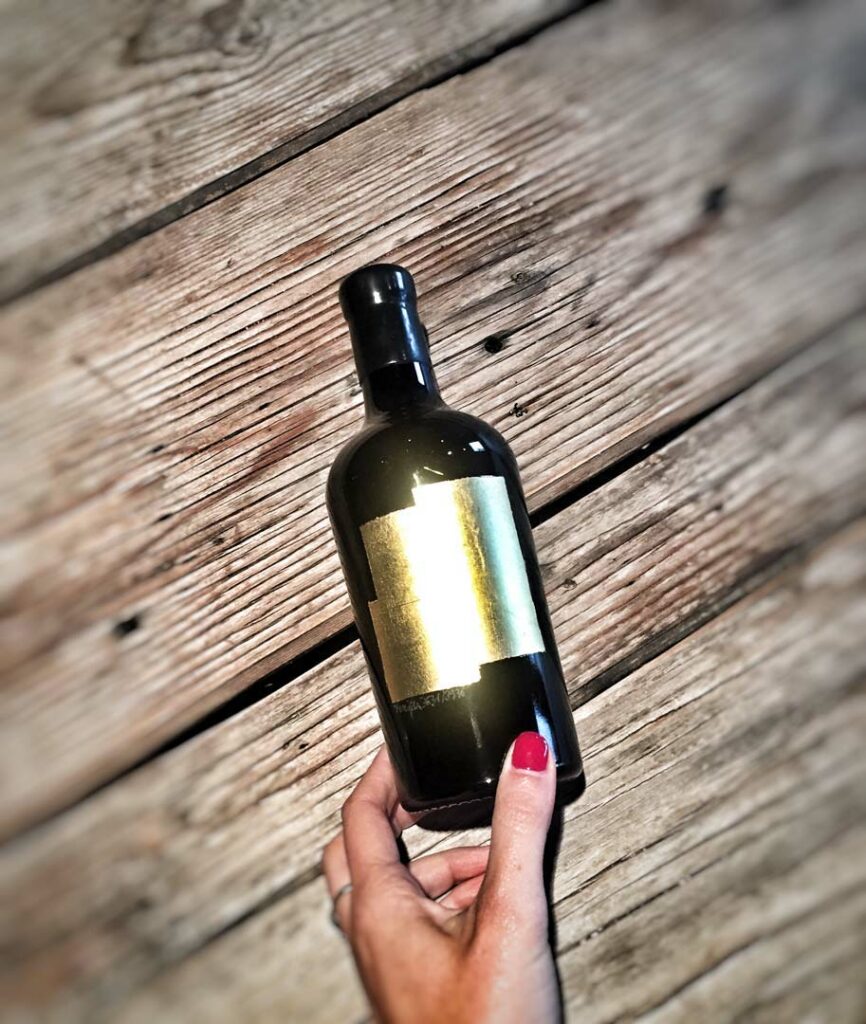
SHOULD BOTTLES BE STORED HORIZONTALLY ?
Again, these are cultural legacies normally not related to in-depth technical knowledge. Specifically, here are the essential issues that Zaninotto clarifies:
- The type of vertical or horizontal storage is of little relevance if the bottle of wine remains in constant conditions of pressure and temperature . Otherwise, the system impacts storage consistently.
- The free space between the cork and li liquid is constantly saturated with moisture as it is a confined environment with continuous presence of liquid. Therefore, the cork is constantly and normally hydrated.
- The lack of contact between wine and cork lengthens the “life” of the closure, which thus retains its main characteristics, while the advantages related to the polyphenolic substances in the cork migrating into the wine remain;
- Free space becomes essential in long-distance transport by allowing the wine to expand along with any gases it may contain without forcibly infiltrating the cork or the cork-glass interface ;
In addition to these purely technical aspects, however, we must take into account that horizontal storage of bottles allows a space saving of about 30 %. So it remains a choice, but it is certainly not a capital sin to place bottles vertically, as many wine experts would have us believe and as I myself believed until recently. You never stop learning!
